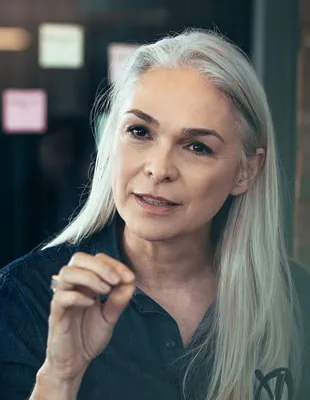The Challenge
Brussel's current public transport system cannot cope with the growing population.
Brussel's current public transport system cannot cope with the growing population.
The existing tram line 3, between Brussels-North station and Albert station, is being converted into a metro line and extended to the north.
This line connects the suburbs to the downtown area and makes it easier and faster to reach offices, stores, cultural institutions and schools.
Like all major cities, Brussels faces ever-increasing challenges in terms of mobility and urbanization. For a city with 1.2 million inhabitants — set to reach 2 million by 2050 — the four metro lines no longer meet current needs. Brussels deserves a metro system adapted to population growth that connects the suburbs to the downtown area faster than other means of transport.
Beliris is transforming the existing tram line 3, between Brussels-North and Albert station, into a metro line and extending it north to Bordet station in Evere. This involves building 5 kilometers of new, fully automated tunnels, seven new stations (Liedts, Colignon, Verboeckhoven, Riga, Tilleul, Paix and Bordet) and a yard. The aim is to improve the links between the north and south of Brussels, as well as connections to the downtown area, to increase the capacity of public transport in densely populated areas and to facilitate mobility for as many of the inhabitants of Brussels as possible.
This extension, which increases both the frequency and capacity of the metro services, enables the Brussels metro system to meet the needs of the expected population growth. Reaching offices, businesses, cultural institutions and schools will be easier and faster.
